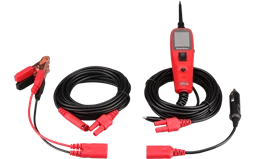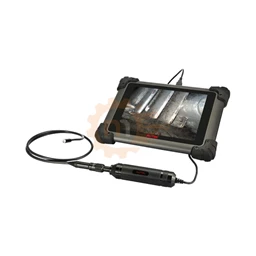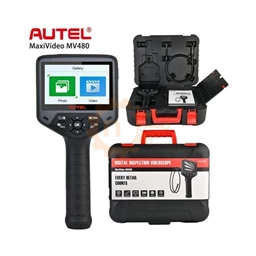One of the most sensitive issues for drivers when buying a car is not to be deprived of driving pleasure.
Vehicles that are safe as well as easy to drive provide a more enjoyable and comfortable journey.
For this, one of the issues to be considered when choosing a vehicle is the speed, exterior appearance or model of the vehicle, as well as the convenience provided by its auxiliary systems such as power steering.
Considering the ease of driving, the hydraulic steering system, which is widely used in many new model vehicles, is one of the first to come to mind.
This system, in which the steering wheel rotation is based on the principle of using hydraulic oil pressure, not only allows the driver to take turns safely while driving, but also makes your job easier when parking in tight spaces.
What is Hydraulic Steering?
Power steering is a system that goes back almost 50 years. With a simple definition, this auxiliary vehicle, which we can define as steering wheels working with hydraulic fluid, not only provides comfort to the drivers while driving, but also maximizes the maneuverability of the vehicle.
The power steering takes advantage of the system formed between pressure and force.
In addition to the force applied when the steering wheel is rotated, it has a system that creates force from hydraulic pressure.
These steering wheels, which work with a system known as Pascal principle in physics, work with a method that affects both the softening of the steering wheel and the wheels thanks to the extra force created during driving.
The hydraulic cylinder system in the gearbox body and the bidirectional pistons inside this cylinder determine the movement depending on the oil pressure direction.
Based on this information, it is not enough to call a system that provides only maneuverability for the hydraulic steering system. Other advantages of this steering system;
It prevents the risk of loss of control on the steering wheel in emergency situations such as sudden braking and tire puncture.
This system, which produces great power at low speeds and softens the steering, cuts the support as the speed increases and decreases the steering maneuver, turning the situations such as loss of steering control in your favor in emergency situations.
It makes the driver's job easier by minimizing the power consumed while turning the steering wheel.
It provides a comfortable travel environment for the passengers and the driver by reducing the level of jolting while driving.
Today, this system is generally used in heavy and light commercial vehicles.
Electric steering is used in almost all newly produced passenger cars.
Parts of the Hydraulic Steering System:
- Steering wheel
- Steering column
- Steering gear
- Steering Shock Absorber
- Commander Arm
- Rods and tie rods
- Steering hydraulic pump
- Steering knuckle
- Wandering arm
What Are The Faults Encountered In The Hydraulic Steering System?
Almost all of the parts that make up the steering wheel written above are malfunctions.
However, in general, the steering gear box and the steering pump are the most common parts that break down.
Since the usage rate of these parts is high, wear and deterioration occur more.
You can also diagnose your vehicle with your Launch X-431 Pro4 Lite and check steering wheel malfunctions.
What should be done to avoid hydraulic steering failure?
Do not move the steering wheel while your vehicle is inoperative. This situation damages the rod and tie rod ends.
Check steering hydraulic oil frequently.
Avoid uneven floors as much as possible and go as slow as possible on this style floor.
Make the shock absorber maintenance and replacement regularly.
In cases where you have to turn the steering wheel full turn, do not turn it until the last lap point.
This type of turning will force the steering oil pump too much, thus the probability of malfunction increases.

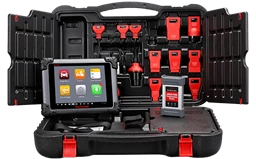
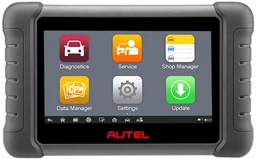
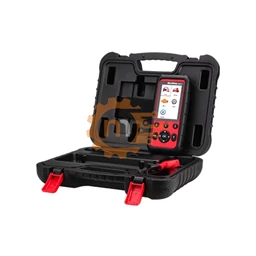

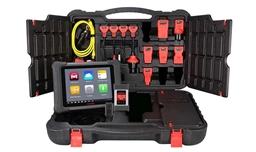
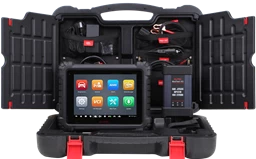



.webp?size=256)




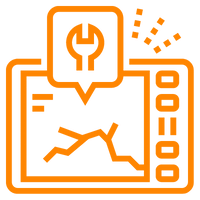
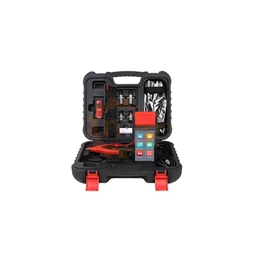

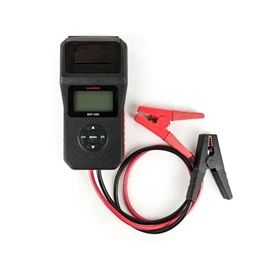
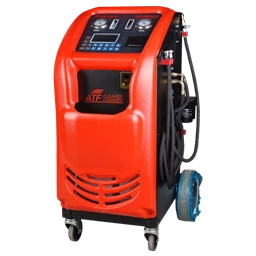
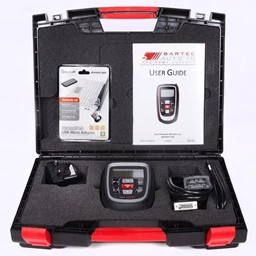
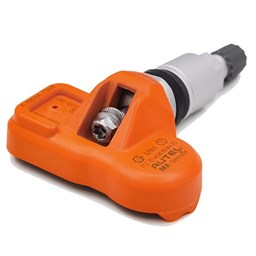

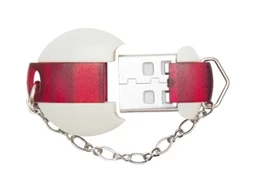
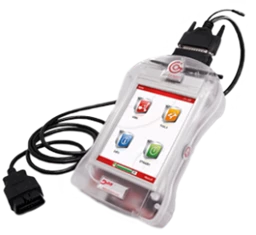
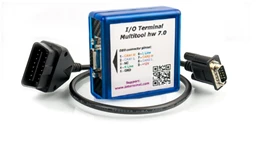
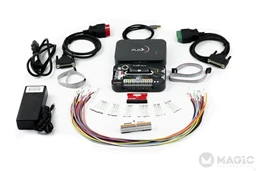
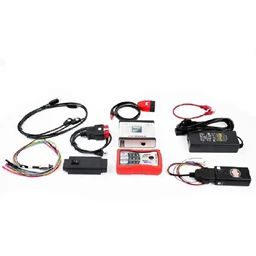
 Cihazı.webp?size=256)

